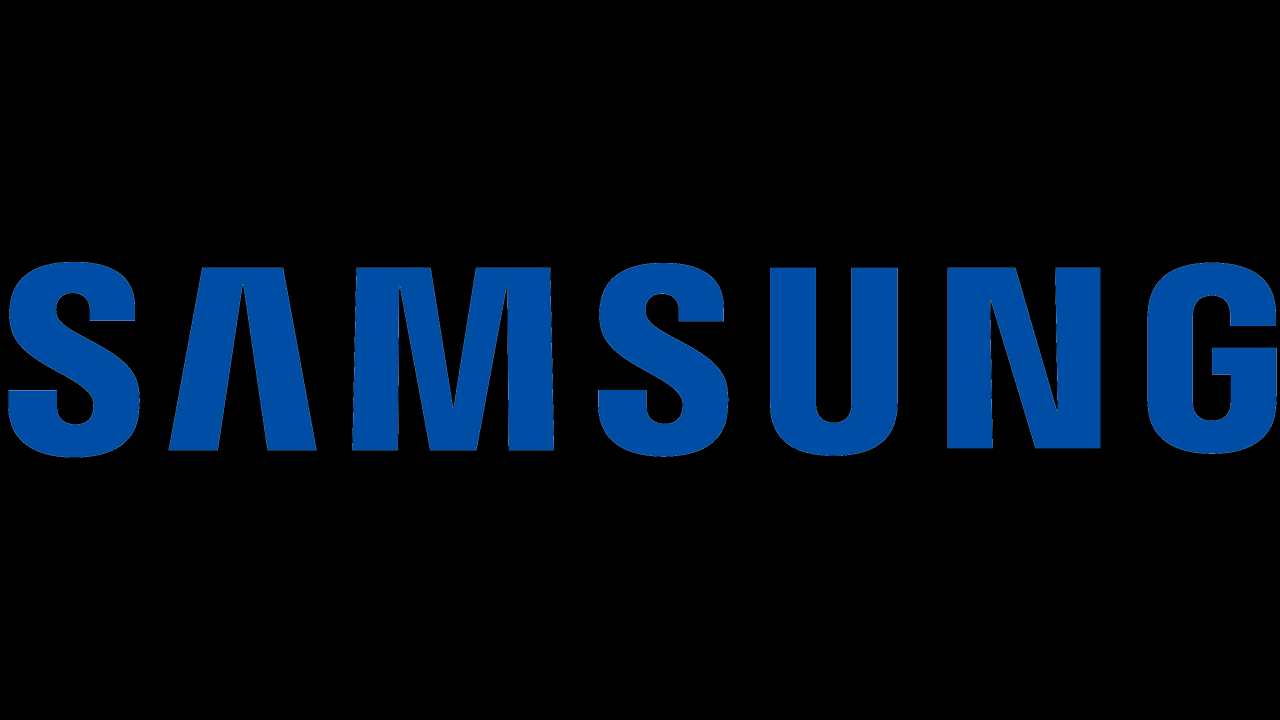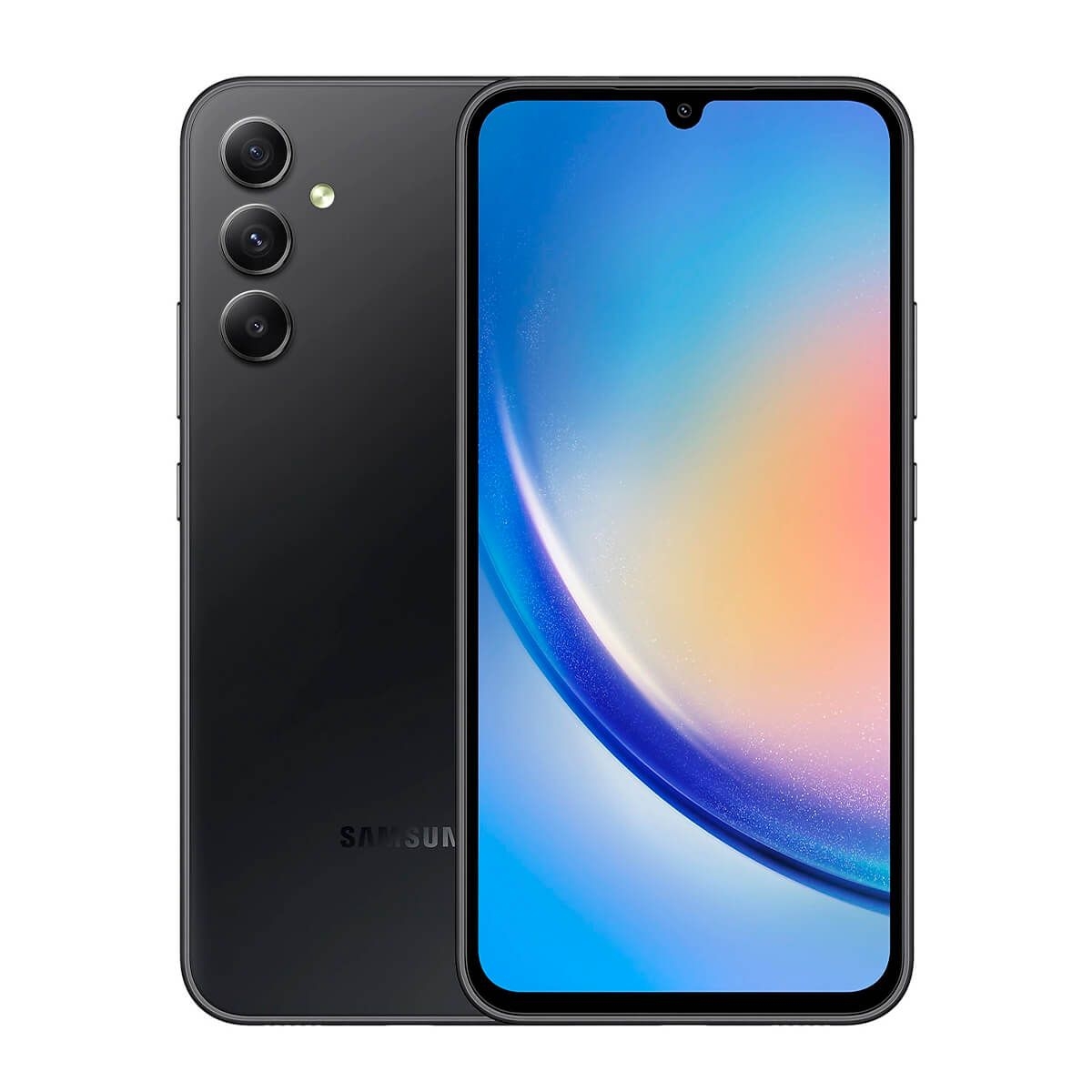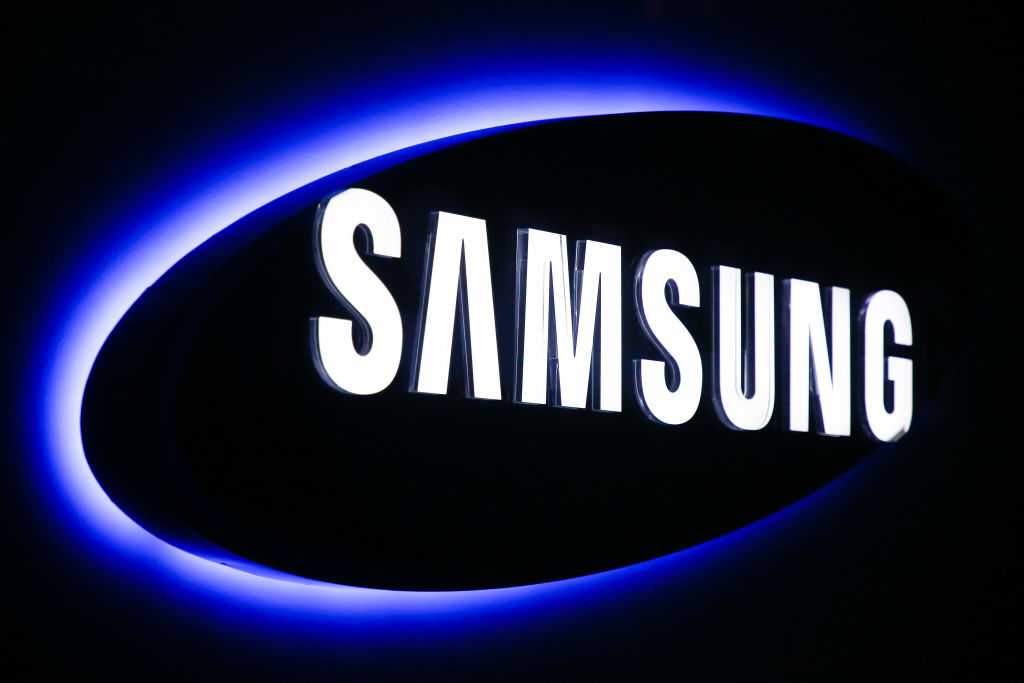samsung galaxy s ii stands as a pivotal player in the smartphone evolution, captivating tech enthusiasts and casual users alike. This device, launched in 2011, transformed the landscape with its cutting-edge specifications and user-friendly interface, setting new benchmarks for what smartphones could achieve.
From its impressive features and sleek design to its robust performance and multimedia capabilities, the Samsung Galaxy S II emerged as a frontrunner in its generation, eliciting admiration for both its aesthetics and functionality. As we explore its specifications, user experiences, and more, it becomes clear why this smartphone continues to leave a lasting impression.
Features of the Samsung Galaxy S II

The Samsung Galaxy S II is a landmark smartphone that marked Samsung’s ascent in the competitive mobile market. Launched in 2011, it showcased a host of features that not only appealed to tech enthusiasts but also set new standards for mobile devices. Its blend of cutting-edge technology, user-friendly design, and robust performance garnered significant attention and established a legacy that influenced subsequent models.
The specifications of the Samsung Galaxy S II exemplify a well-balanced combination of hardware and software designed for optimal performance. It features a 4.3-inch Super AMOLED Plus display with a resolution of 800 x 480 pixels, providing vibrant colors and deep blacks. The device is powered by a dual-core 1.2 GHz Cortex-A9 processor, complemented by 1GB of RAM, which ensures smooth multitasking and gaming experiences. With options for 16GB or 32GB of internal storage, expandable via microSD, users have ample space for apps, media, and documents. The rear camera boasts an impressive 8 MP with autofocus and LED flash, while the front camera provides a 2 MP option for video calls.
Unique Features of the Samsung Galaxy S II
The Samsung Galaxy S II stands apart from its competitors with several distinctive features that enhance user experience and functionality. Notably, it was among the first smartphones to integrate the HSPA+ technology, yielding impressive data speeds. The device’s TouchWiz user interface built on Android 2.3 Gingerbread introduced innovative features that made navigation intuitive. The inclusion of Smart Stay technology, which detects when users are looking at the screen, prevents the display from dimming while in use.
Key differentiating features include:
- Lightweight Design: At just 116 grams, the Galaxy S II was remarkably lightweight, making it one of the most portable options available at its launch.
- Excellent Battery Life: Powered by a 1650 mAh battery, the device offered extended usage time, allowing users to enjoy their mobile experience without frequent recharges.
- Customizable Interface: The ability to personalize home screens and widgets provided users with a tailored experience, reflecting their individual preferences.
- Enhanced Multimedia Capabilities: Support for 1080p video recording and playback made the Galaxy S II an ideal choice for media consumption.
Design Elements and Build Quality
The design of the Samsung Galaxy S II is characterized by a sleek and modern aesthetic that appealed to a wide range of consumers. The device features a minimalistic look with a slim profile, measuring only 8.49 mm in thickness. The front is dominated by the expansive Super AMOLED Plus display, with minimal bezels that enhance the viewing area. The back is constructed from a sturdy plastic material that is both lightweight and durable, ensuring that the device can withstand daily wear and tear.
The design elements also include:
- Ergonomic Shape: The gentle curves and light weight of the device make it comfortable to hold and use for extended periods.
- Physical Navigation Buttons: Unlike many smartphones that transitioned to on-screen buttons, the Galaxy S II retained physical buttons, providing tactile feedback for navigation.
- Color Options: Available in a variety of colors, including black and white, users could select a version that suited their style.
“The Samsung Galaxy S II is not just about specifications; it’s about how those specifications work together seamlessly to create an exceptional user experience.”
Overall, the Samsung Galaxy S II’s combination of powerful specifications, unique features, and thoughtful design elements solidified its position as a pioneering device in the smartphone arena.
Performance and User Experience
The Samsung Galaxy S II, launched in 2011, established itself as a formidable contender in the smartphone market, showcasing remarkable performance and user experience that resonated with consumers. In a rapidly evolving technological landscape, understanding how it compares with its contemporaries allows us to appreciate its significance in the evolution of mobile devices.
Comparative Performance
The performance of the Galaxy S II can be gauged against other flagship smartphones of its time, such as the HTC Sensation and the Apple iPhone 4S. The S II was powered by a dual-core 1.2 GHz processor, which was considered groundbreaking for its day. In terms of raw processing power, it outperformed many of its peers, resulting in smoother multitasking and faster app load times.
The device also featured 1 GB of RAM, which was on par with its main competitors. Benchmark tests, such as Quadrant and AnTuTu, consistently placed the Galaxy S II at or near the top of performance charts, demonstrating its superior graphical capabilities and processing speed. The integration of the Mali-400 GPU allowed users to enjoy graphic-intensive applications and games, which was a significant selling point during its release.
User Interface and Experience
Samsung’s TouchWiz user interface, layered on top of Android 2.3 Gingerbread at launch, provided a customizable and user-friendly experience. The interface allowed for easy navigation and a host of personalization options, which enhanced user engagement. Subsequent updates brought improvements in both functionality and aesthetic appeal, transitioning to Android 4.0 Ice Cream Sandwich and later versions, which further refined the user experience.
The Galaxy S II’s display, with its 4.3-inch Super AMOLED Plus screen, presented vibrant colors and deep blacks, making it ideal for media consumption. This visual fidelity contributed significantly to the overall user experience, providing clarity during video playback and gaming. Samsung’s commitment to creating a responsive and fluid interface allowed users to interact seamlessly with the device, setting a standard for future smartphones.
Battery Life and Charging Capabilities
Battery life is a critical aspect of any smartphone experience, and the Galaxy S II equipped with a 1650 mAh battery, offered competitive longevity. Under standard usage conditions, users could expect a full day of operation, which included web browsing, social media engagement, and video streaming.
Charging capabilities were also commendable, with the device supporting USB 2.0 connectivity. Though not as fast as modern charging technologies, it provided efficient charging times relative to its battery capacity. The battery management system integrated into the software allowed users to maximize their battery life, enabling options such as power-saving modes and battery usage statistics, which were innovative features for that era.
The Samsung Galaxy S II set a high benchmark for performance and user experience, making it a standout device in a competitive market.
Camera and Multimedia Capabilities

The Samsung Galaxy S II is equipped with impressive camera and multimedia features that set it apart from its competitors in the smartphone market. With advancements that cater to both photography enthusiasts and casual users alike, this device promises to deliver stunning image quality and immersive multimedia experiences.
The Galaxy S II features a rear-facing 8-megapixel camera, which is complemented by a 2-megapixel front-facing camera for video calls and selfies. The main camera comes with several enhancements, including autofocus, LED flash, and the ability to capture 1080p video at 30 frames per second, making it well-suited for various photography scenarios. Additionally, the camera includes features such as smile detection, face detection, and panorama mode, allowing users to capture dynamic and lively images.
Camera Specifications and Features
The camera specifications of the Samsung Galaxy S II are designed to cater to the needs of photographers in various settings. Below are key features that highlight its capabilities:
- Resolution: 8 MP rear camera and 2 MP front camera ensure high-quality images and video.
- Video Recording: Capable of recording 1080p HD video at 30fps, providing sharp and clear footage.
- Auto Focus: The autofocus feature allows for quick and accurate focusing, perfect for capturing moving subjects.
- LED Flash: Enhances low-light photography, allowing users to take clear pictures even in dim environments.
- Multiple Shooting Modes: Offers various modes like HDR, which helps in capturing images with balanced lighting.
With these specifications, the Samsung Galaxy S II provides versatility for different photography scenarios, allowing users to take stunning shots in a variety of conditions. Whether it’s a sunny day at the park or a nighttime gathering, the device handles light variations effectively.
Multimedia Functions
The Galaxy S II also excels in multimedia performance, featuring high-quality playback capabilities for both video and music. The Super AMOLED display enhances video viewing experiences with vibrant colors and deep contrasts.
The multimedia capabilities include:
- Video Playback: Supports various formats including MP4, WMV, and AVI, ensuring compatibility with a wide range of content.
- Music Performance: Equipped with a dedicated audio chip that enhances sound clarity and depth, delivering a rich audio experience.
- FM Radio: Built-in FM radio allows users to tune into their favorite stations without needing an internet connection.
- Media Hub: Offers a convenient platform for streaming and downloading movies, music, and more.
These features collectively provide a comprehensive multimedia experience, making it easy for users to enjoy their favorite content on the go.
Advantages in Photography Scenarios, Samsung galaxy s ii
The Samsung Galaxy S II’s camera offers several advantages that make it suitable for different photography scenarios. Here are notable points:
The Galaxy S II is designed to capture moments with clarity, no matter the setting.
- Low Light Performance: The LED flash and ISO settings allow for better performance in low-light situations, making it ideal for evening events.
- Portrait Photography: The front-facing camera’s 2 MP resolution is sufficient for clear selfies and video chats, making it convenient for personal and social use.
- Action Shots: Quick autofocus and continuous shooting modes enable capturing fast-moving subjects, perfect for sports and dynamic scenes.
- Landscapes and Scenery: The panorama feature allows for sweeping landscape shots, making it great for travel photography.
These advantages highlight the versatility and effectiveness of the Samsung Galaxy S II’s camera in a range of situations, providing users with the tools they need to document their lives beautifully.
Software and Updates: Samsung Galaxy S Ii

The Samsung Galaxy S II was introduced in 2011 with Android 2.3 Gingerbread, marking a significant step forward for Android devices at the time. This initial operating system version offered users improved performance and user interface enhancements over its predecessors, providing a solid foundation for the device. As technology evolved, so did the software updates, which played a crucial role in enhancing the device’s capabilities and overall user experience.
The evolution of software updates significantly impacted the performance of the Samsung Galaxy S II, allowing users access to newer features and improved security protocols. Over its lifespan, the device received updates to Android versions such as 4.0 Ice Cream Sandwich, 4.1 Jelly Bean, and even unofficial support for later versions through custom ROMs. Each update not only improved system stability but also refined the user interface and introduced features like better multitasking, enhanced camera functionalities, and support for a wider range of applications.
Compatible Applications
To enhance the functionality of the Samsung Galaxy S II, various applications were developed, catering to different user needs and preferences. The following is a curated list of applications that complement the device’s capabilities:
The following applications significantly enhance the Samsung Galaxy S II’s user experience:
- Nova Launcher: A customizable home screen experience offering advanced features for personalization.
- Viber: A popular messaging app that allows users to send texts and make calls over Wi-Fi or mobile data.
- Spotify: A music streaming service that provides access to millions of songs and personalized playlists.
- Evernote: An organization tool that allows users to take notes, create to-do lists, and save web clippings.
- Google Maps: A navigation app that offers detailed maps, directions, and real-time traffic updates.
“Software updates not only introduce new features but also ensure the device remains secure and efficient.”
These applications, when paired with the Samsung Galaxy S II, help users maximize the device’s potential, making it a versatile tool for communication, entertainment, and productivity.
Top FAQs
What operating system did the Samsung Galaxy S II launch with?
The Samsung Galaxy S II originally launched with Android 2.3 Gingerbread.
How does the battery life of the Samsung Galaxy S II compare to modern smartphones?
While the battery life was impressive for its time, modern smartphones typically offer better battery performance and efficiency.
What unique features set the Samsung Galaxy S II apart from competitors?
Its dual-core processor, Super AMOLED display, and slim design were notable features that distinguished it from other devices of its era.
Is the Samsung Galaxy S II still compatible with any apps?
Many modern apps may not be compatible due to outdated software, but some basic applications may still work.
What improvements were made with software updates for the Samsung Galaxy S II?
Software updates improved performance and user experience, including enhanced stability and additional features.
When discussing the latest innovations in smartphones, the Samsung Galaxy S11 stands out with its impressive camera capabilities and sleek design. This device not only enhances photography but also provides a seamless user experience, making it a top choice for tech enthusiasts. As we look forward, the upcoming Samsung S 19 is generating buzz for its anticipated features, ensuring Samsung continues to lead the market.
The evolution of smartphones is evident with the launch of the Samsung S 19 , which promises to push boundaries with its advanced technology and user-friendly interface. Following closely, the Samsung Galaxy S11 already set a high standard, captivating users with its robust performance and stunning display. This progression showcases Samsung’s commitment to innovation in the mobile industry.